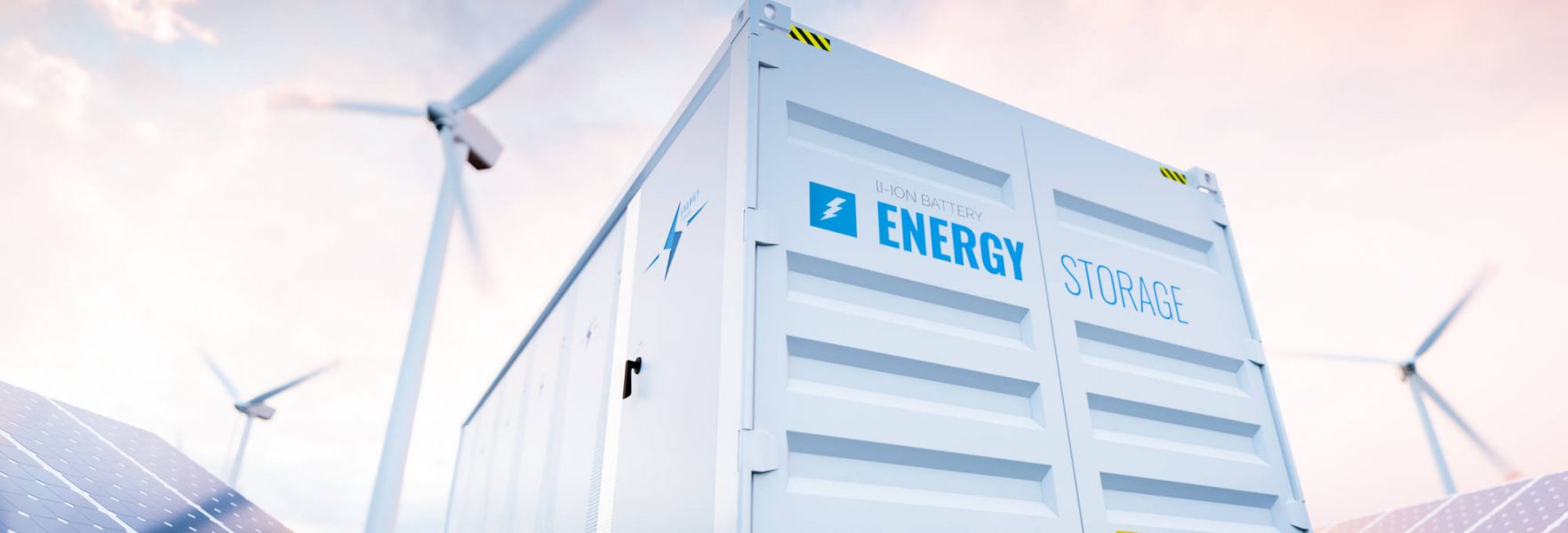
KPN Case Study
Accelerating the Deployment of Tailored Corporation Battery Projects
The Problem
One of the significant challenges for a system-wide shift to clean energy is the specific requirements of each energy consumer. With vastly contrasting energy demands, businesses across the world are starting to find value in accelerating their transition, many by signing power purchase agreements with renewables developers, and many developing their in-house projects.
Solution
As part of its Energy Innovation Lab, Dutch telecommunications company KPN has started a pilot project, using a 230kWh Nickel Metal Hybrid battery, to assess how backup batteries in telephone exchanges can increase the company’s adoption of green energy while reducing spend on electricity.
The pilot, which runs through 2021, will assess how backup batteries in KPN’s telephone exchanges can store green energy during periods of the day when output from wind and solar is high, and discharging when the supply from renewables is low, while also providing a fail-safe mechanism to prevent loss of connection through local power outages in the system. Using mission critical batteries to prevent power cuts is not a new application for the telecommunications industry, but in countries like the Netherlands failures occur very rarely, and very little value can be prescribed to the batteries.
Increasing this value through KPN’s method hinges on a smart approach to power purchasing decisions when deciding to store electricity in the battery system. While KPN will partially fill its batteries with its solar panels, the battery will aim to purchase the rest of the energy from the grid at optimum times, when the price of energy is low or even negative to prevent wind power from being curtailed, or when the penetration of renewables in the electricity mix achieves a high ‘Green Score’ – which often occurs overnight.
The Benefits
This shift will allow cost savings, while also facilitating a shift to net zero emissions. Through its connection, the battery management system – provided by EnergyNXT – can be configured to optimise both the Green Score and energy prices, with sufficient access to data in decision making.
Rather than installing a fixed-line network, KPN has adopted a wireless network due to increased simplicity and minimal disruption through deployment. While KPN prefers the use of wireless networks for deployment, it has been demonstrated that such networks can be crucial to allowing organisations of various sizes to deploy clean energy pilot projects as part of their internal decarbonisation efforts. The data collected will also be used as a minimum viable product for KPN’s data service hub, which aims to provide more accurate modelling and forecasting of consumer energy characteristics.
For companies with varying energy supply, the flexibility that such battery projects can provide can allow the value of battery projects to be tailored to specific operations and maximised in all cases.
Back to: Energy Sector